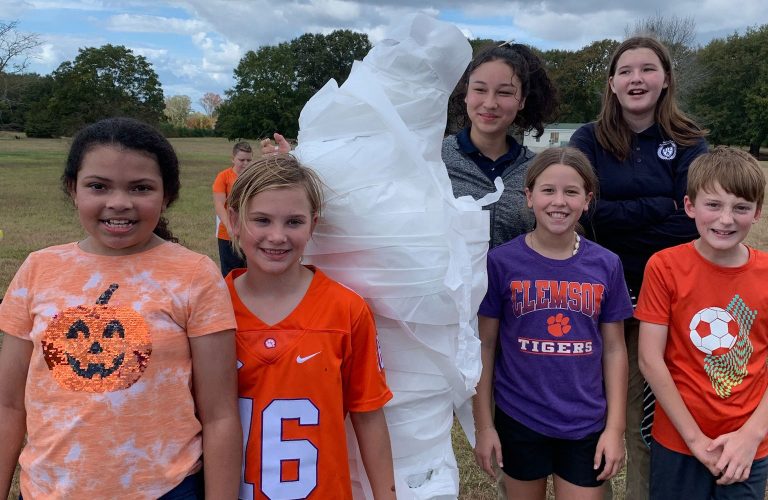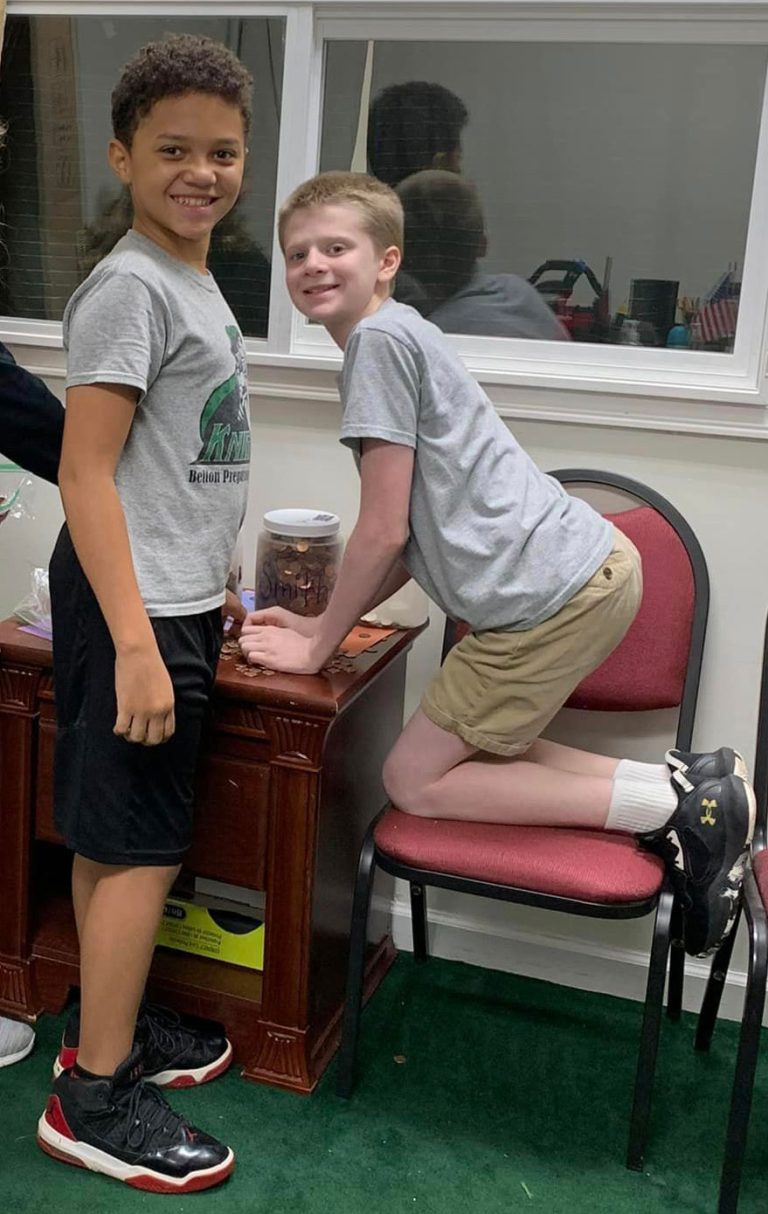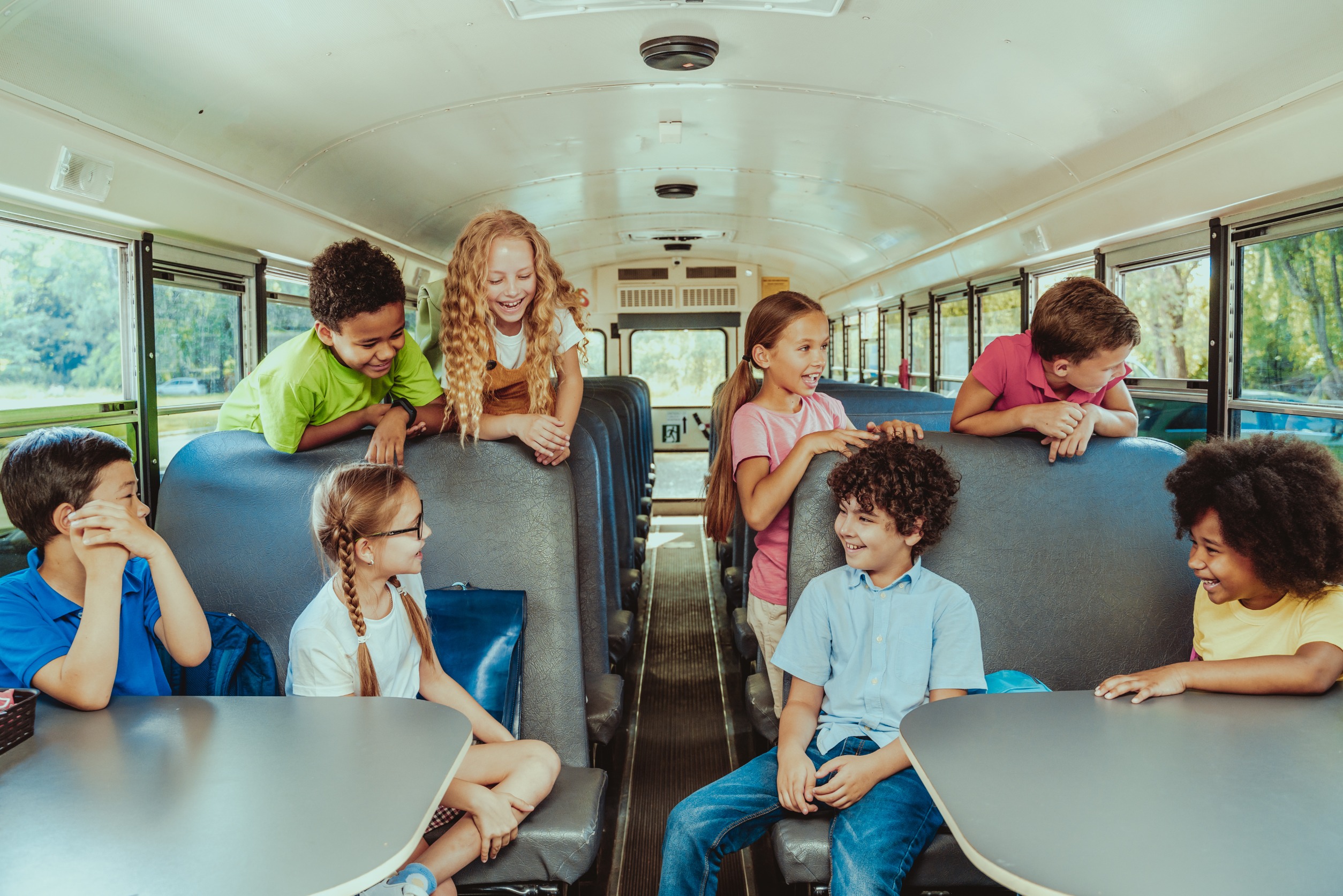Key Points
- ✔ Science of Reading
- ✔ Decoding and Developing Fluency
- ✔ Integrated Curriculum
- ✔ Vocabulary-Rich and Building
- ✔ Background Knowledge
- ✔ STEM
- ✔ Differentiated Instruction
- ✔ Concrete, Hands-on Math
- ✔ Instruction


English Language Arts
Our literature curriculum features high-interest units that cover both fiction and nonfiction genres, creating a dynamic and engaging reading experience for students. Within these units, vocabulary development is seamlessly integrated into the content, ensuring that students encounter and comprehend new words within the context of the literature they are studying. This content-embedded vocabulary approach not only enhances language skills but also reinforces comprehension and application.
In addition to literature exploration, our curriculum places a strong emphasis on writing and grammar instruction. Students are guided through various writing exercises that allow them to express themselves creatively and analytically. Concurrently, grammar instruction provides the foundational tools necessary for effective written communication. By intertwining literature analysis with vocabulary development, writing, and grammar instruction, our curriculum strives to create a holistic and immersive learning experience that nurtures both a love for reading and proficiency in language arts.
Mathematics
Students will engage in a variety of mathematical activities to develop their understanding of key concepts and skills. They will learn to write and interpret numerical expressions, analyze patterns and relationships, and understand the place value system. Students will also practice performing operations with multi-digit whole numbers and decimals to hundredths. Additionally, they will use equivalent fractions as a strategy to add and subtract fractions, and apply and extend their understanding of multiplication and division to fractions. Measurement will be a focus as well, as students learn to convert measurements within a given system and understand the concepts of volume, relating it to multiplication and addition. Representing and interpreting data will be explored, and students will also learn to graph points on the coordinate plane to solve real-world and mathematical problems. Lastly, they will classify two-dimensional figures based on their properties. These activities and concepts will provide students with a solid foundation in mathematics and prepare them for future mathematical endeavors.

